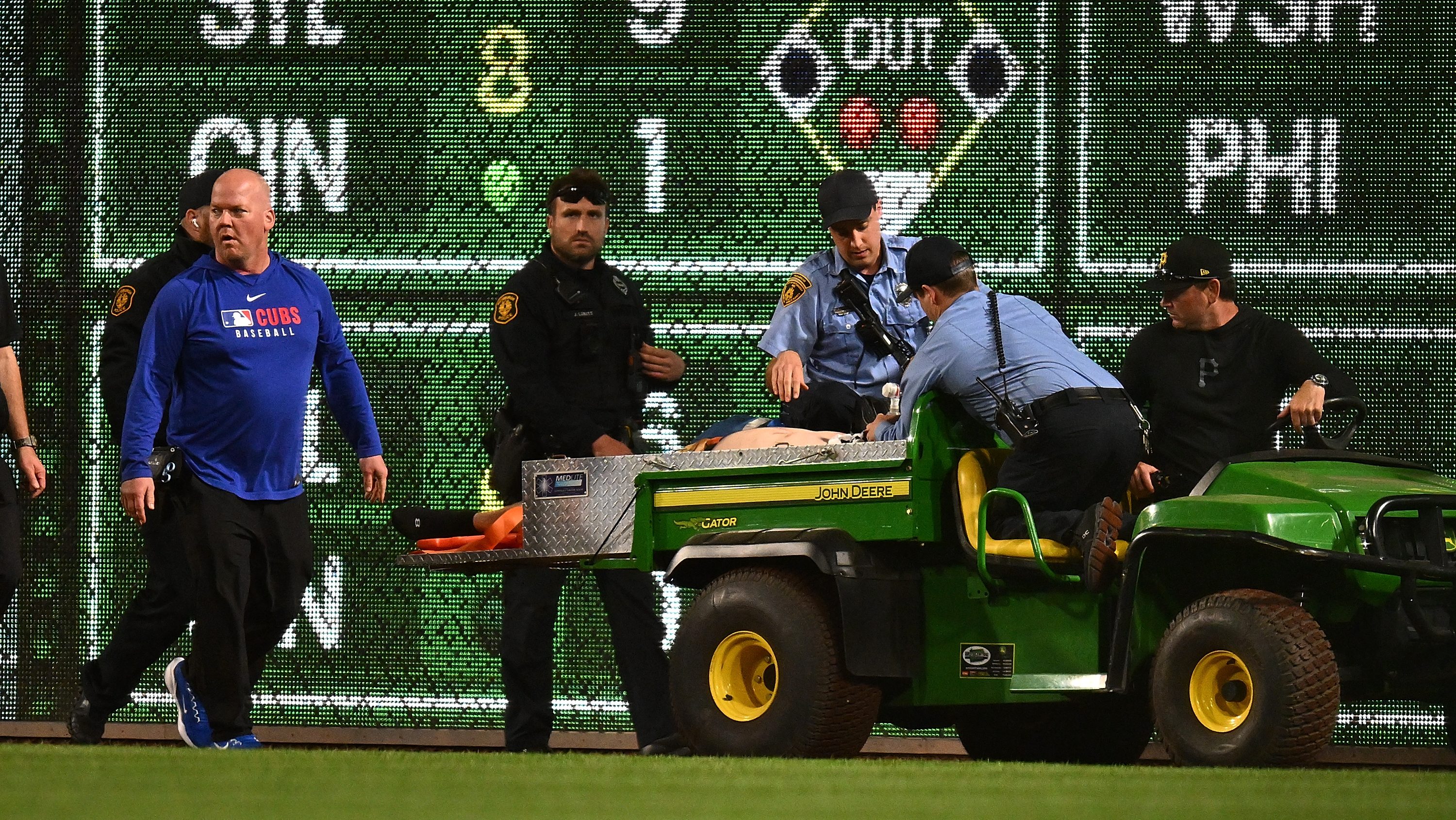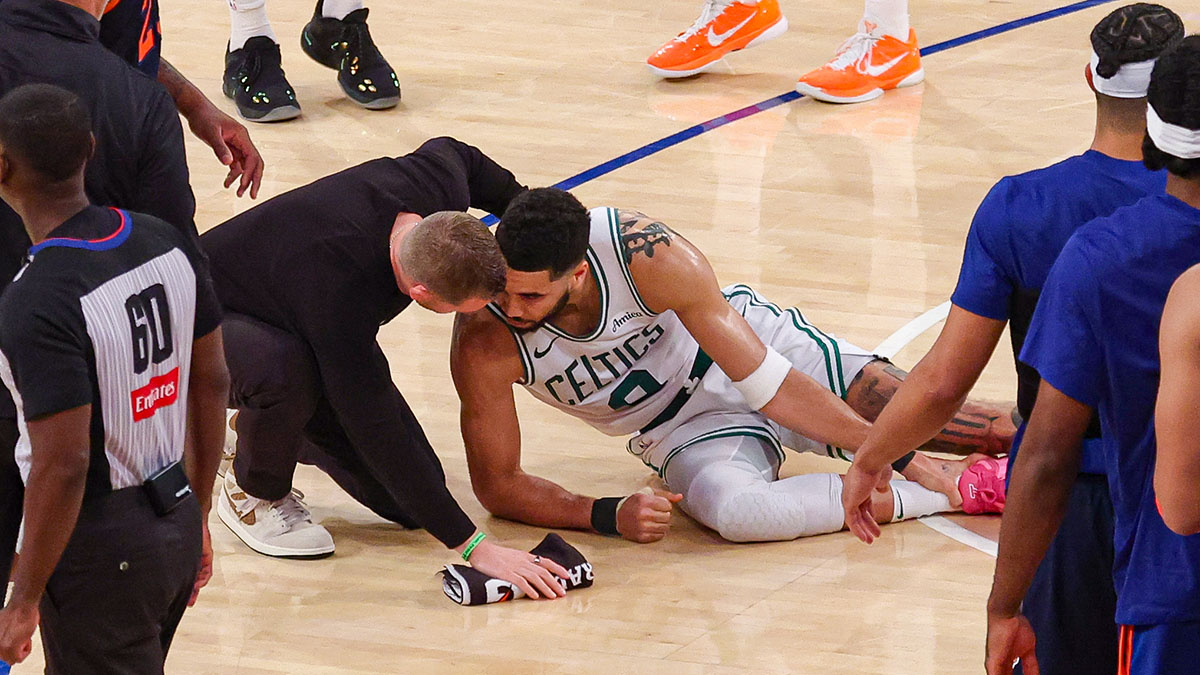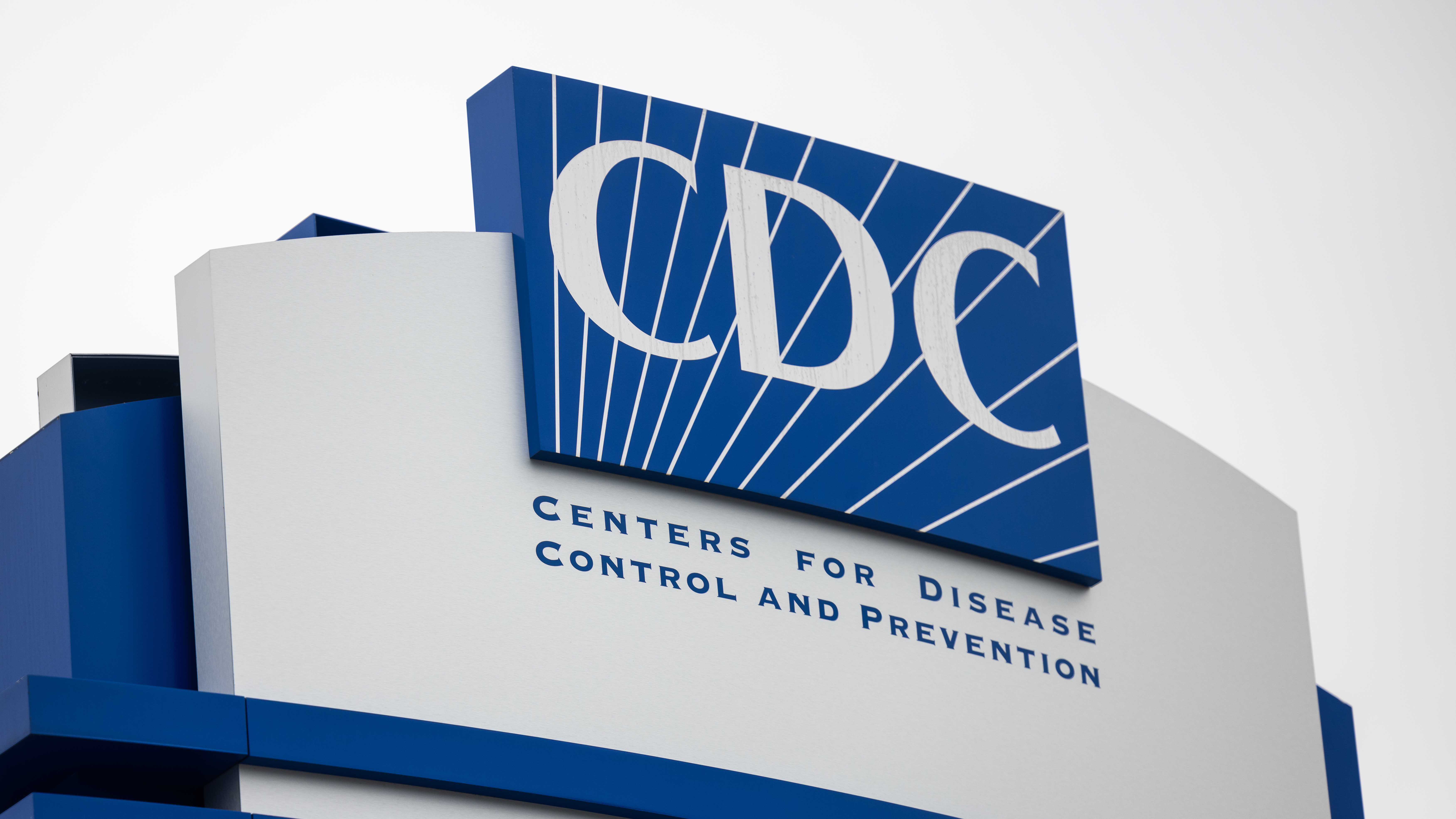Pirates Fan Fall: "I've Broken Everything!" He Speaks Out
Pirates Fan Speaks Out: "I've Broken Everything!"
A Harrowing Fall at PNC Park: Kavan Markwood's Story
The crack of the bat, the roar of the crowd – a baseball game is usually a symphony of joy and excitement. But for Kavan Markwood, April 30th took a nightmarish turn. The Pittsburgh Pirates fan suffered a devastating fall at PNC Park, plummeting 20 feet onto the field. Now, he's speaking out for the first time, revealing the extent of his injuries. What really happened that fateful night, and what's next for this resilient Pirates supporter?
"Broken Everything": The Gruesome Reality
In an interview with the Pittsburgh Tribune-Review on Wednesday, Markwood described the agonizing pain and the severity of his injuries. "I’ve broken everything," he confessed. Those words paint a stark picture of the trauma he endured. It's one thing to hear about an accident, but to hear the victim themselves describe it? That hits home.
Pain and Sleepless Nights
“I’m all right,” Markwood told the outlet, but that statement is quickly followed by a harrowing counterpoint. “I can’t really sleep. I have a lot of back pain.” Can you imagine the discomfort, the constant ache, the inability to find a moment of peace? It's a constant reminder of the incident.
The GoFundMe Campaign: A Lifeline for Recovery
In the wake of the accident, a GoFundMe campaign was launched by his girlfriend's mother to help cover Markwood's mounting medical expenses. The response has been overwhelming. As of Thursday, the campaign had raised over $58,000! This outpouring of support shows the power of community and the compassion people have for those in need. It’s like a home run of kindness!
Confirmed Injuries: A Broken Neck, Clavicle, and Back
The GoFundMe page provided more specifics about the injuries. It stated that Markwood suffered a broken neck, clavicle, and back. That's a trifecta of pain, a devastating combination that will require extensive medical care and rehabilitation. The road to recovery will undoubtedly be long and arduous.
A Glimmer of Hope: Improving Condition
Despite the severity of his injuries, there's reason to be optimistic. Markwood's sister, Taryn Markwood, released a statement on Monday, sharing some encouraging news. She said that her brother's condition was improving. He's breathing on his own, able to speak, and even squeeze her hand. These small victories are significant milestones on his journey to recovery.
Looking Forward: Ice and Hope
Markwood's own words reveal his unwavering spirit. “I think when I get home I’ll just put ice on it,” he told the Tribune-Review, displaying a remarkable sense of humor and resilience. He also mentioned that he would speak more once he's released from the hospital sometime next week. We're all eagerly awaiting that update.
Understanding the Fall: The Unanswered Questions
The question on everyone's mind is: how did this happen? What caused Markwood to fall 20 feet onto the field? Was it an accident, or were there other factors involved? As more information emerges, we hope to gain a clearer understanding of the circumstances surrounding this tragic incident. The investigation is ongoing.
PNC Park Safety: Is It Enough?
This incident raises important questions about safety at PNC Park and other sports venues. Are the existing safety measures adequate? Are there areas that need to be improved to prevent similar accidents from happening in the future? This is a crucial discussion that needs to take place to ensure the safety of all fans.
Enhancing Safety Measures
It's not enough to simply react after an accident. Proactive steps must be taken. This could include increasing the height of railings, improving signage, and implementing stricter security protocols. The goal is to create a safer environment for everyone attending games.
Fan Awareness and Responsibility
While venues have a responsibility to provide a safe environment, fans also have a role to play. It's essential to be aware of your surroundings, avoid risky behavior, and report any potential hazards to stadium staff. Safety is a shared responsibility.
The Power of Community: Supporting Kavan Markwood
The outpouring of support for Kavan Markwood is a testament to the power of community. From the GoFundMe campaign to the well-wishes on social media, people have rallied around him during this difficult time. This support can make a real difference in his recovery. Consider it a grand slam of compassion.
Navigating Medical Bills and Recovery: The Long Road Ahead
The road to recovery will be long and challenging. In addition to the physical pain, Markwood will also face significant financial burdens. Medical bills can be overwhelming, and the rehabilitation process can be expensive. The GoFundMe campaign is a crucial source of support, but additional assistance may be needed.
Legal Considerations: Potential Lawsuits?
While Markwood's immediate focus is on recovery, legal considerations may come into play down the line. Depending on the circumstances of the fall, he may have grounds to pursue legal action against the stadium or other parties. It's important to consult with an attorney to explore all available options.
A Message of Hope and Resilience
Despite the immense challenges he faces, Kavan Markwood's story is one of hope and resilience. His determination to recover, his positive attitude, and the support of his community are inspiring. He is a testament to the strength of the human spirit. He's batting a thousand in the game of life!
Conclusion: Never Give Up
Kavan Markwood's story is a reminder that life can change in an instant. His fall at PNC Park has left him with serious injuries, but it hasn't broken his spirit. With the support of his family, friends, and the wider community, he's determined to recover and get back to living his life. His journey is a testament to the power of resilience and the importance of hope. Remember, even when you feel like you've "broken everything," there's always a path forward.
Frequently Asked Questions
- What were Kavan Markwood's injuries after the fall?
Markwood reportedly suffered a broken neck, clavicle, and back, among other injuries.
- How is Kavan Markwood doing now?
His condition is improving. He is breathing on his own, able to speak, and can squeeze his sister's hand.
- How can I support Kavan Markwood?
You can donate to the GoFundMe campaign set up to help cover his medical expenses.
- What caused Kavan Markwood to fall?
The exact cause of the fall is still under investigation.
- What safety measures are in place at PNC Park?
PNC Park has safety measures in place, but this incident is prompting a review of their effectiveness and potential improvements.



